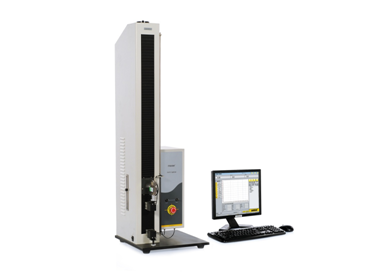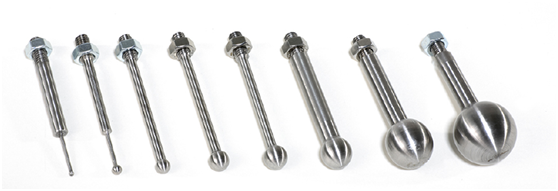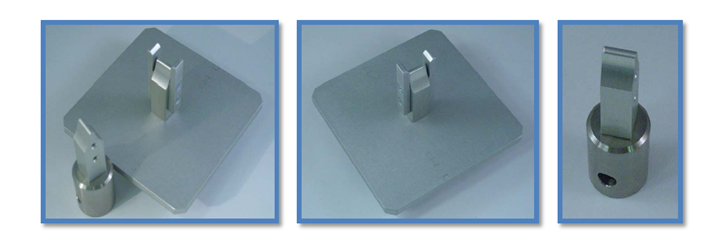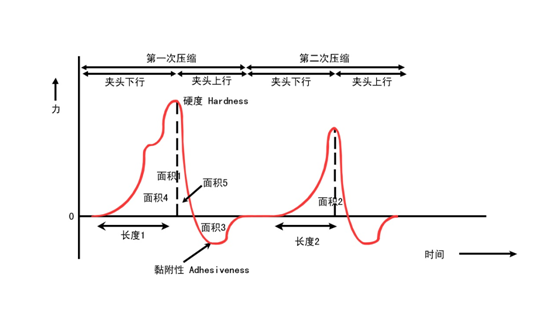The texture, together with the appearance, flavor and nutrition of the food, constitutes the four quality elements of the food. It provides a snacking pleasure for the diners, and the diversity is more pleasing to the eating. Therefore, the role of texture is very critical.
For example, people prefer to eat meaty and delicate fish food, while the meat is tender and tender. It is a comprehensive evaluation of the meat quality of the teeth and oral muscles of the consumer during chewing. From the perspective of texture, it reflects the hardness of the fish. The hardness of the fish is mainly due to the amount of collagen in the connective tissue that is present in the gap between the muscle fibers of the fish. Different types of fish, the low collagen content is often softer, and the higher the hardness is greater. This is also because the meat is relatively soft and soft compared to the meat of the livestock and poultry with relatively high collagen content.
In addition, the elasticity, chewiness, adhesion, elasticity, cohesiveness and recovery of fish meat together characterize the texture characteristics of fish. With the increasing demand for food quality and processing technology, these texture characteristics have gradually become an important indicator of concern for consumers to purchase fish products, which determines the commercial value of fish and related products.
Fish meat texture test method
1, test equipment
XLW (EC) intelligent electronic tensile testing machine and tensile testing device, Jinan Languang Electromechanical Technology Co., Ltd. XLW (EC) intelligent electronic tensile testing machine, integrated tensile, peeling, tearing, heat sealing and other eight independent test procedures, support the tension and compression bi-directional test mode, the accuracy is better than 0.5.

2, test fixture
At present, the fish texture test uses more spherical test probes and Volodkevich occlusion clamps. The former can perform compression test and two compression tests on the flaked fish sample to test the hardness, elasticity, recovery, and viscosity of the fish meat. The latter can simulate the action of the tooth cutting and test the hardness of the fish. Based on the user's testing needs and conditions, you can choose any one to test.

Spherical test probe example

Volodkevich occlusion fixture example
3. Testing process
The sample and the test fixture are mounted on the base of the tensile machine and the upper chuck to be fixed. The instrument is started, and the upper part of the tensioning machine drives the upper part of the clamp to move down at a certain speed, and the contact sample is automatically compressed back to the starting position after being continuously compressed by 50%. After the two compressions of the sample are completed, the instrument automatically issues the test results of each index.
4, indicator analysis
Hardness is the tactile sensation of human tissue, soft or hard, reflecting the internal bonding force of the sample tissue to maintain its shape. In the texture test, the maximum load required for the specimen to reach a certain deformation.
Adhesiveness is the adhesion of the surface to the oral tissues when chewing fish, reflecting the amount of binding between the tissue cells of the sample. In the texture test, that is, after the probe is compressed once, the probe returns, and the amount of energy required to be pulled out from the sample corresponds to the area 3 in the graph of Fig. 1.
Springiness reflects the deformation of the sample and the degree of recovery of the sample after the external force is removed. In the texture test, the ratio of the height of the deformed sample to the original shape after the pressure is removed, corresponding to the figure. 1 The ratio of length 1 to length 2 in the graph.
Cohensiveness is the property of the fish's resistance to damage and tight connection to maintain its integrity. In the texture test, it reflects the relative resistance of the sample to the second compression after the first compression deformation. The ability corresponds to the ratio of area 2 to area 1 in the graph of Figure 1.
Resilience reflects the ability of the sample to quickly return to its original state under compression. Compared with elasticity, the two are mainly distinguished from the length of time to restore the original shape, corresponding to the area 5 and area 4 in the graph of Figure 1. The ratio.

Figure 1. Fish texture test curve
Analysis of the influence of texture characteristics of fish
There are many varieties of fish in China, and there are many differences in the characteristics and inherent structure of muscle components of various fish, which directly affect the texture characteristics of fish. For the same species of fish, quality, nutritional status, season, and storage environment are also factors.
According to experimental research, the hardness, elasticity, adhesion and cohesiveness of most fish meats are significantly improved with the increase of quality. With the change of seasons, the texture characteristics of the same fish will also change. The overall texture index data is larger in spring, the smallest in summer and the middle in winter.
In addition, the texture of the fish is also affected by the nutritional status of the fish itself. According to the study of Hu Fen et al., the national large-scale freshwater fish processing technology research and development sub-center, the hardness of fish meat is negatively correlated with the moisture in muscle, and it is positively correlated with crude fat. Cohesiveness is negatively correlated with crude protein. Elasticity was significantly and positively correlated with body length, and recovery was negatively correlated with body length.
At present, the preservation of fish meat is mainly based on frozen storage technology. In the frozen environment, the hardness and adhesion of fish meat are reduced to varying degrees. According to Dai Zhiyuan's research by the Institute of Aquatic Products Processing, Zhejiang Gongshang University, this is because the free water in the fish muscles during freezing will cause mechanical damage to the muscle cells, and on the other hand, the muscle tissue will freeze and concentrate, and the volume will expand. Concentration produces salting out to promote muscle protein denaturation; volume expansion produces internal pressure that causes muscle fiber to deform or even partially break, causing changes in the stereostructure of the protein. It is possible that the secondary bond is broken and some of the inner hydrophobic groups are exposed to the outside. The effective charge on the surface of the protein is reduced, that is, the hydrophilicity and salt solubility of the protein are lowered, and the deformation of the muscle fiber and the aggregation of the protein cause the muscle protein filament to be detached from the Z line and the M line, thereby causing a decrease in muscle hardness.
Labthink is committed to helping customers cope with packaging challenges and improving the quality and safety of packaging-related industries through the development of packaging inspection technology and the development of sophisticated inspection instruments. For more information, please pay attention to the Labthink Languang WeChat public number "Jinan Languang Packaging Safety Testing Expert".
Best Sanitary Napkins,Sanitary Napkins Online,Disposable Sanitary Napkins,Biodegradable Sanitary Napkins
Shandong Tianzige International Trade Co., Ltd , https://www.sdbabydiapers.com